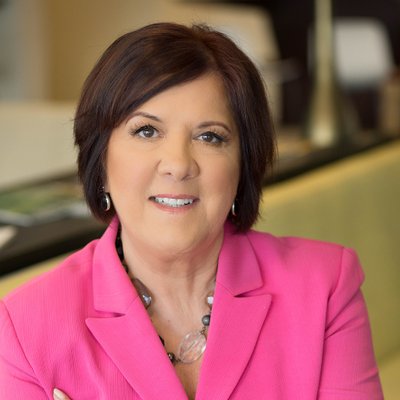As health care cos increase, Health Savings Accounts (HSAs) will be getting a lot more attention. These triple-tax-favored plans allow participants to save, invest and withdraw money tax-free for qualified medical expenses. But while these plans are growing in popularity, they remain under-utilized. Only 26 million Americans participate, according to a 2016 market report research firm from Devenir. Business journalists can help their readers evaluate whether one of these plans is a good choice for them by reporting one or more of the following stories:
HSAs in the news
President Trump favors these plans; so do employers. The reason: HSAs are much cheaper for them to fund. In 2016, 28 percent of employers who offered health benefits to their employees offered one of these plans, a High-Deductible Health Plan (HDHP), or both, says the Kaiser Family Foundation. Interview a few local employers on the pros and cons of HSAs, and a few employees on their experience using them.
Who qualifies for an HSA?
These plans aren’t for everyone. Think of this healthcare story as the flip side of the Affordable Care Act. In 2017, an individual and a family must have a HDHP and meet deductibles of $1,300 and $2,600, respectively, before contributing to an HSA. In 2017, individuals can shelter $3,400 and families $6,450. Despite their cost, these plans favor millennials, who have time and health on their side in maximizing plan benefits. This personal finance site for millennials offers a primer.
Participants can invest the money, which grows tax-free until it’s withdrawn for qualified medical expenses. Unlike a Flexible Spending Account, money can roll over from year to year and from one employer to another. For more details, check out this publication from the Internal Revenue Service for the general rules and this one for a complete list of qualified medical expenses. Then interview a few of your readers about their decision. Include a family, a millennial and an over-55 consumer.
How to choose an HSA
With hundreds of plans to choose from, where does a consumer start? The first stop is the workplace. Next are banks, which typically are trustees of these plans, but which may offer limited investment choices. In a June 2017 report, the research firm Morningstar evaluated the 10 largest plans as a spending vehicle in meeting current costs, and as an investment vehicle in meeting future expenses. Also check out this analysis from 20Something.com, which evaluates the best HSA choices for millennials. Then interview a financial planner or two in your area who has experience with these plans. Where does an HSA fit in with other retirement savings, such as a 401(k) and a Roth IRA? Which do they advise clients to fund first?
Reporter’s Resources
Gary Claxton, co-director for the Study of Health Reform and Private Insurance at the Kaiser Family Foundtion in Washington, D.C.: 202-347-5270.
Karen Levin at the Internal Revenue Service, specializing in HDHPs and HSAs: 202-317-5500.
Paul Fronstin, director of the Employee Benefit Research Institute’s Health Research & Education Program in Washington, D.C.: 202-659-0670.











